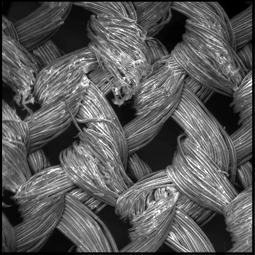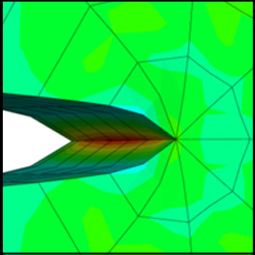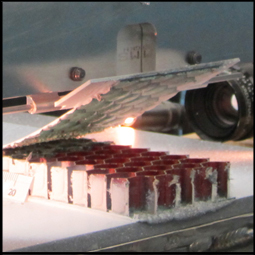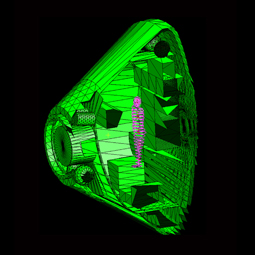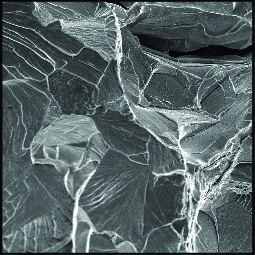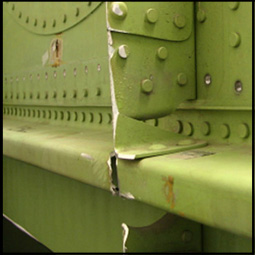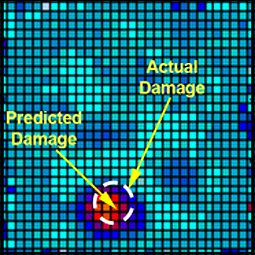The Damage Mechanics of Composite Materials team is conducting research focused on advancing understanding of the numerous structural life-limiting damage mechanisms exhibited by these material systems. The mechanisms occur at various operative length scales and can drive component failure via several types that interact in a potentially complex manner. Deployment of composite materials on aircraft is party inhibited by an insufficient understanding of damage progression and its effect on component lifetime and reliability. This typically leads to high development costs, largely associated with the extensive testing phases of a product’s development. The broad vision of our group’s work is to remedy this issue by creation of experimental and computational methods that will yield a reduced cost for certification of composite structure and provide advanced understanding of durability and damage tolerance, the latter helping to ensure safe operation of existing and emerging high performance aircraft structural designs and to enable future long duration space missions.
Our team’s effort over recent years has encompassed short-mid range research involving experimental and computational method development towards delivering a greater understanding of durability and damage tolerance of composite materials. More specifically, our experimental efforts include material characterization test method development. This involves the establishment of industry standard testing methods via our interactions with the standardization community and creation of bespoke test methods for the study of key damage mode interactions such as those associated with delamination migration. Other significant experimental efforts include the development of testing articles utilized for validation of analysis methods designed to simulate the damage processes involved in the test. A key feature of this effort is the accurate documentation of damage initiation and progression, which is accomplished through a suite of non-destructive evaluation procedures.
Analytical efforts have focused on computational fracture mechanics and progressive damage analysis; these are currently being steered to the development of numerical tools for simulation of multiple interacting damage processes such as matrix cracking and delamination. Incorporation of these tools into commercial finite element codes is being sought to enable the creation of analyses that may be used to replace testing practices used currently during the certification process.
Our team is comprised of researchers with computational and experimental expertise working in close collaboration. While the development of state-of-the-art computational and experimental methods are critical to meet our goals; it is how these tools are implemented and how the results from the computational models and experimental observations are integrated that determine our success. The Composite Materials discipline team has identified a set of four technical challenges that give focus to the team’s efforts to improve the state-of-the art in this discipline.
These challenges are:
- Fatigue and Fracture of Composites Materials and Structures
- Experimental characterization of damage mechanisms
- Failure of composite pressure vessels.
- Analysis methods for damage prediction based on current and alternative analysis frameworks
If you would like more information on these topics, go to the link below, which is NASA’s technical report server: http://data.nasa.gov/nasa-technical-reports-server/

